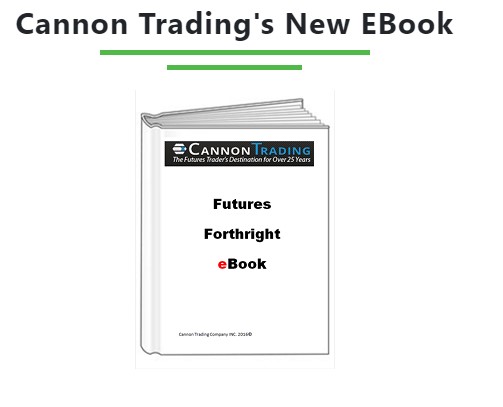What is the Gold to Silver Ratio?
By John Thorpe, Senior Broker
As inflation has taken the top step in conversations about the global economy and the resultant effects that longer term inflation has on purchasing power we have begun to witness precious metals prices rise for a number of reasons. I suggest current demand for these metals are reflecting inflationary hedges, deflationary protection, supply constraints and Geopolitical uncertainty, especially in the age of Fiat currency. Many “Gold Bugs” follow what is called the Gold /Silver ratio. The gold-to-silver ratio is a measure of how many ounces of silver it takes to buy one ounce of gold. It is calculated by dividing the current price of gold by the current price of silver.
Historically, the gold-to-silver ratio has fluctuated widely. In ancient Rome, the ratio was set at 12:1, meaning it took 12 ounces of silver to buy one ounce of gold. In the 20th century, the ratio averaged around 47:1, but has ranged from as low as 16:1 during times of economic prosperity to as high as 100:1 during times of economic crisis.
Today, the gold-to-silver ratio is often used as an indicator of economic health. When the ratio is low, it is seen as a sign of a strong economy and bullish market sentiment, as investors are willing to take on more risk and invest in silver. When the ratio is high, it is seen as a sign of economic uncertainty or a bearish market sentiment, as investors flock to gold as a safe-haven asset.
Today the Ratio is @ 79.83 and dynamic. Here is graphical representation of 100 years of data provided by Macrotrends.com
It’s important to note that the gold-to-silver ratio is just one indicator among many that investors use to assess market conditions, and should not be relied on in isolation.
Plan your trade and trade your plan.
Trading Futures, Options on Futures, and retail off-exchange foreign currency transactions involves substantial risk of loss and is not suitable for all investors. You should carefully consider whether trading is suitable for you in light of your circumstances, knowledge, and financial resources. You may lose all or more of your initial investment. Opinions, market data, and recommendations are subject to change at any time when it comes to Futures Trading.
Futures Trading Levels
4-19-2023

Economic Reports, Source:

This is not a solicitation of any order to buy or sell, but a current market view provided by Cannon Trading Inc. Any statement of facts here in contained are derived from sources believed to be reliable, but are not guaranteed as to accuracy, nor they purport to be complete. No responsibility is assumed with respect to any such statement or with respect to any expression of opinion herein contained. Readers are urged to exercise their own judgement in trading.





